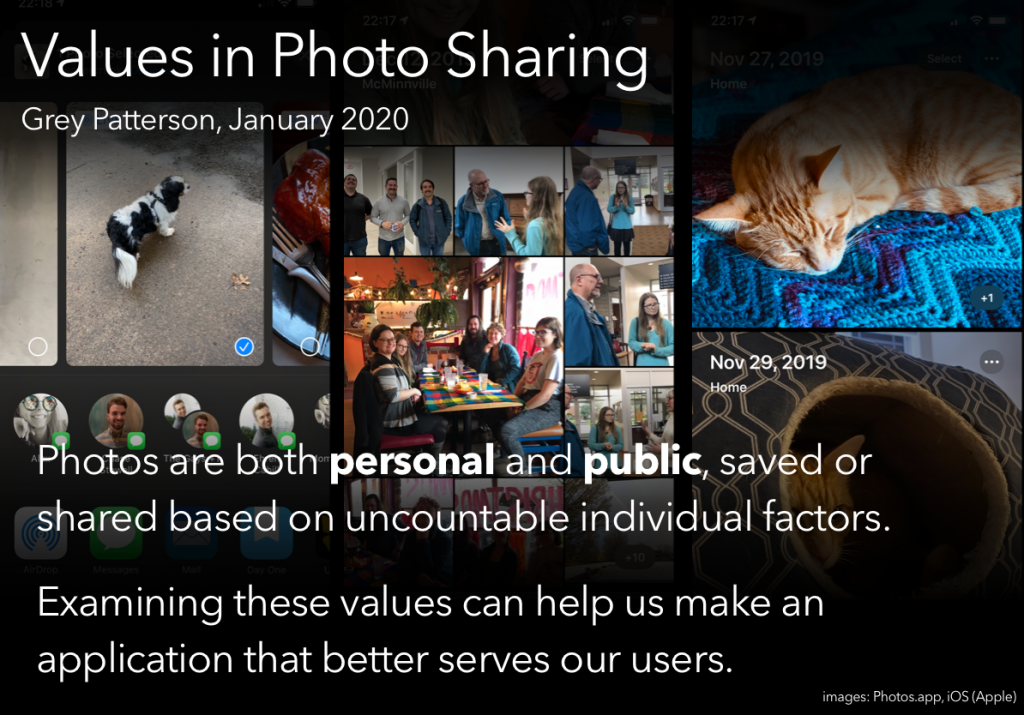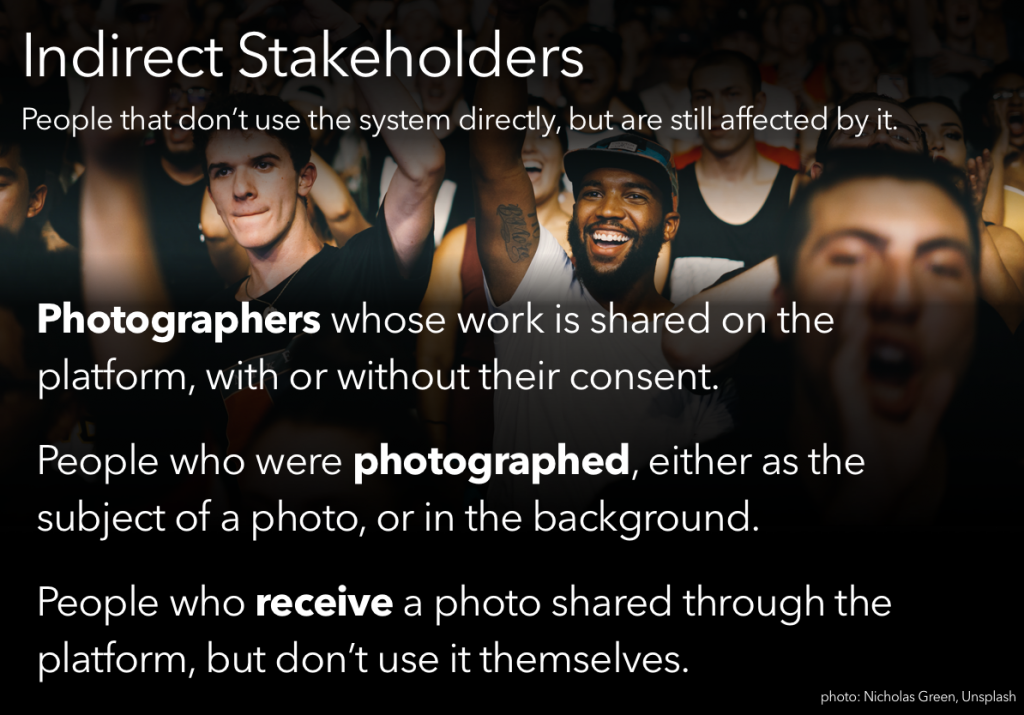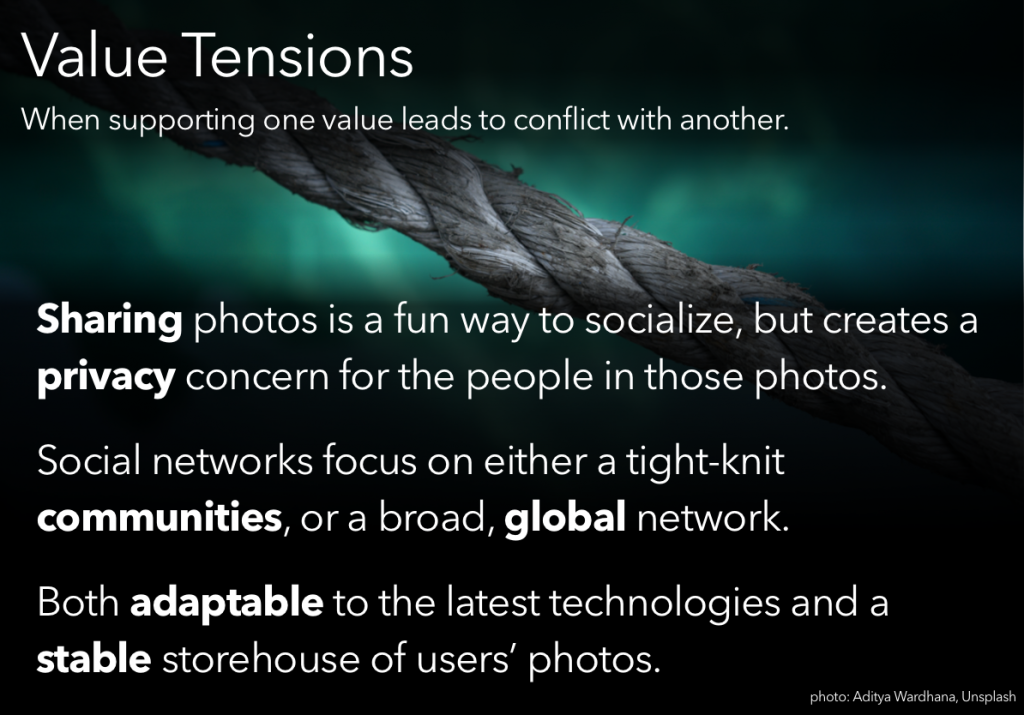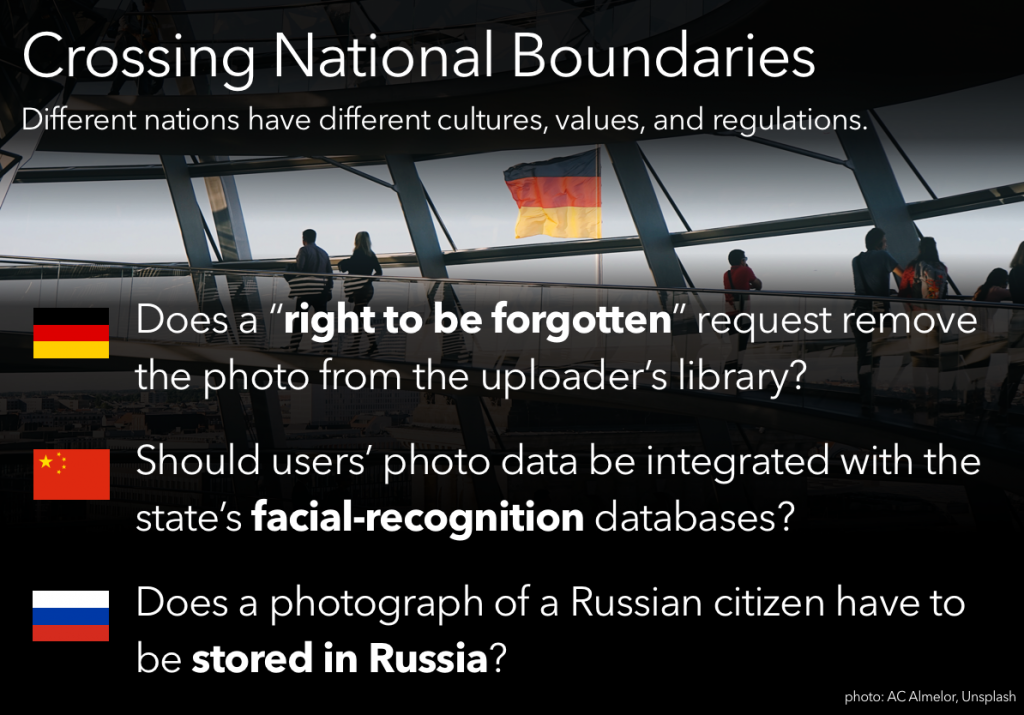Something I said to a coworker recently. Largely inspired by listening to Cortex, and I felt like giving it a slightly more visual treatment.
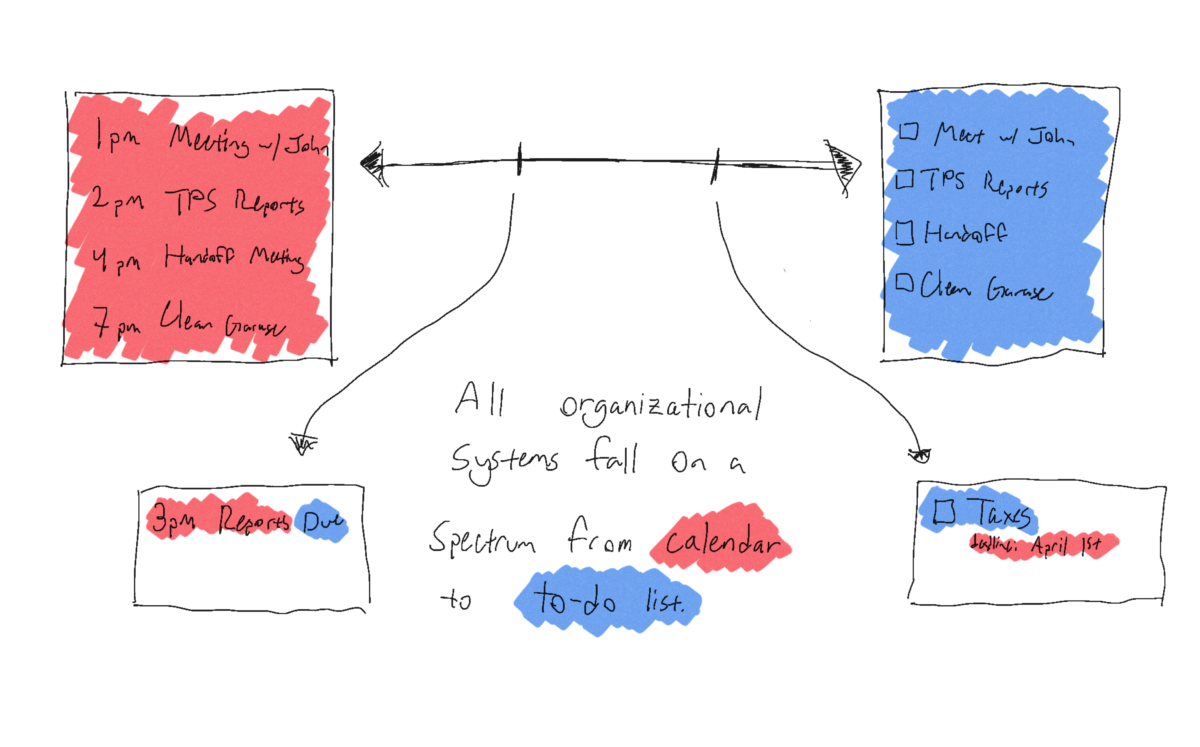

Something I said to a coworker recently. Largely inspired by listening to Cortex, and I felt like giving it a slightly more visual treatment.
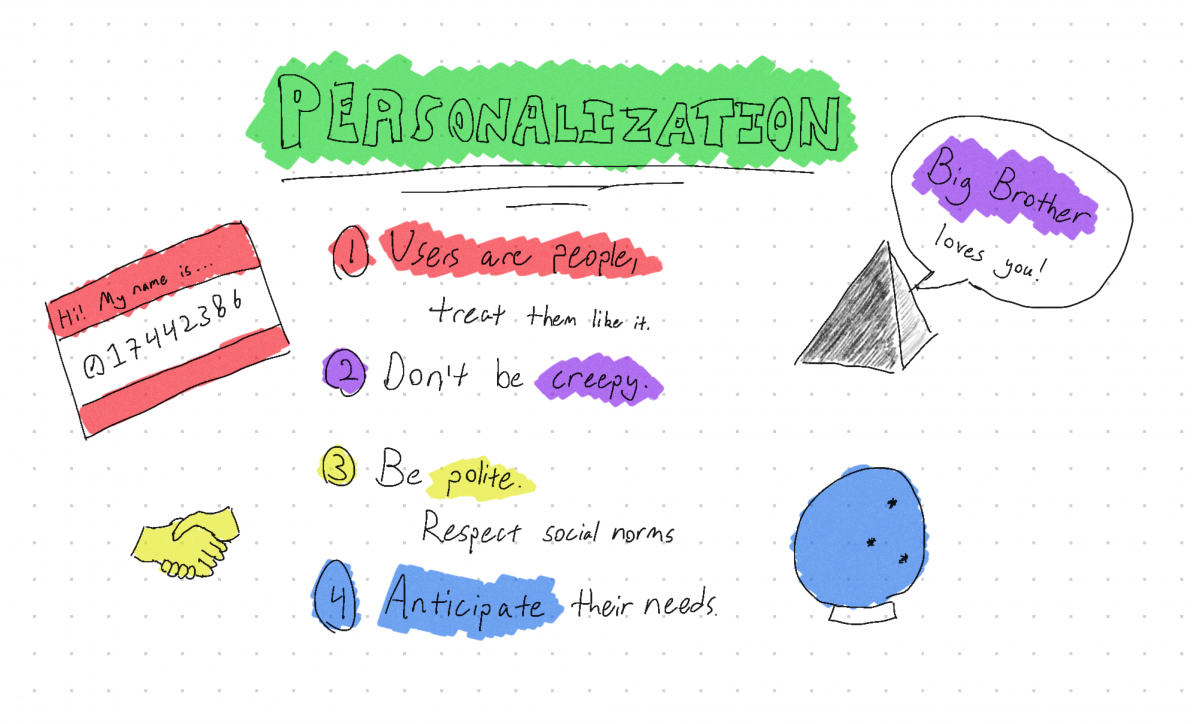
Based on a reading from User Friendly.
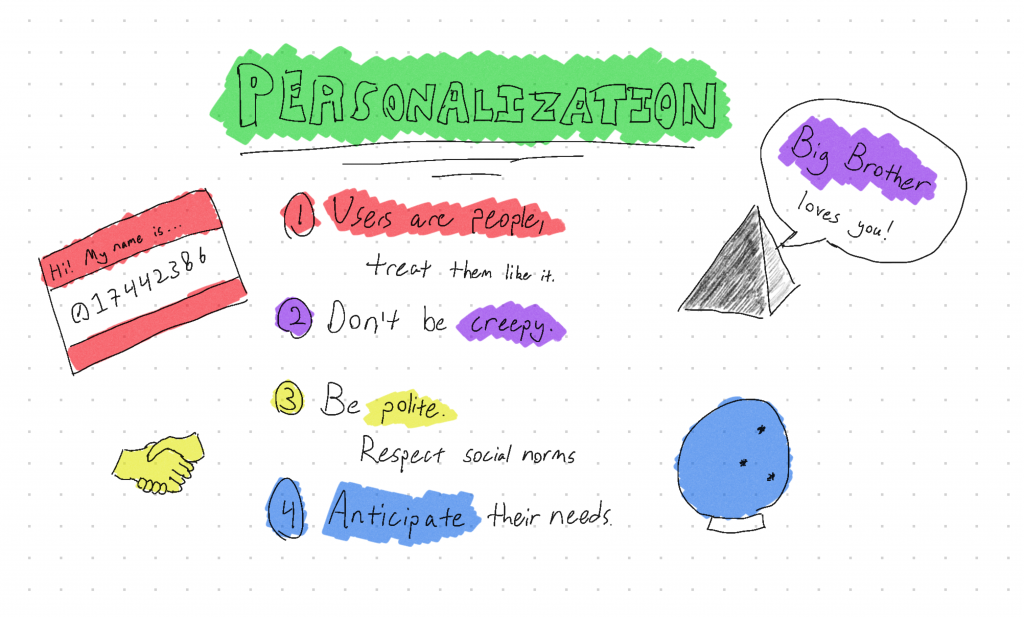
I recently had the opportunity to attend a TEDx event. I’m not a big TED Talk person, but I’ve watched or listened to a few, so it was interesting to see a few in-person.
I also used the opportunity to practice my sketchnoting – the ones I’ve done in the past were at my leisure, so I figured it’d be a bit different at a live event.
Which it was – it’s harder to go back and edit when you’re trying to keep up in real time, and it’s a different approach to thinking about what you’re putting down.
I’m not sharing all of my notes here – for a couple of the talks, the notes I got weren’t really interesting in any way, or were too messy to be worth sharing.
Still, I enjoyed the experience, and I’m glad I went.
(As of this writing, the videos from the event are still being edited, so I don’t have direct links; check the TEDxMcMinnville site for updates.)
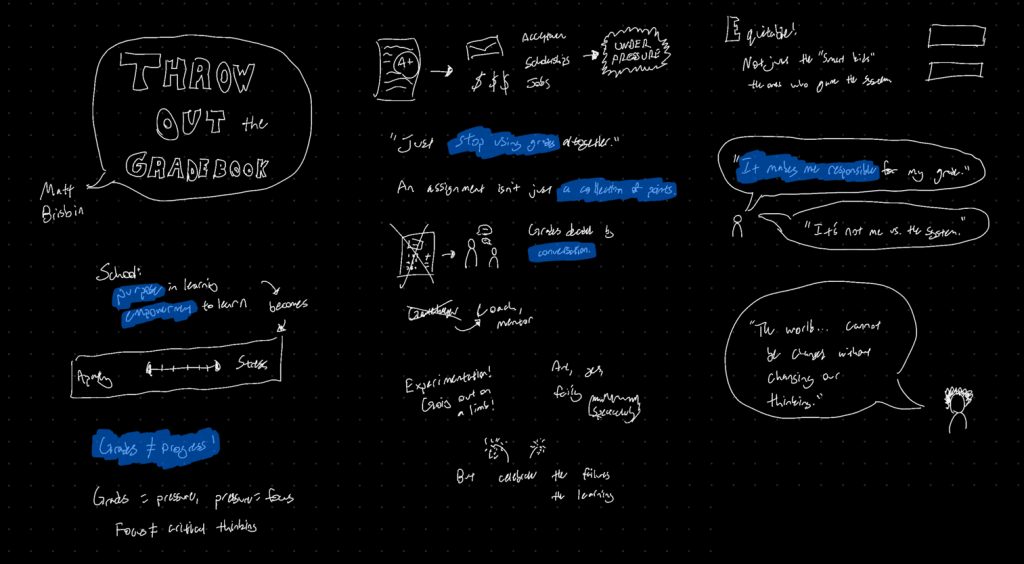
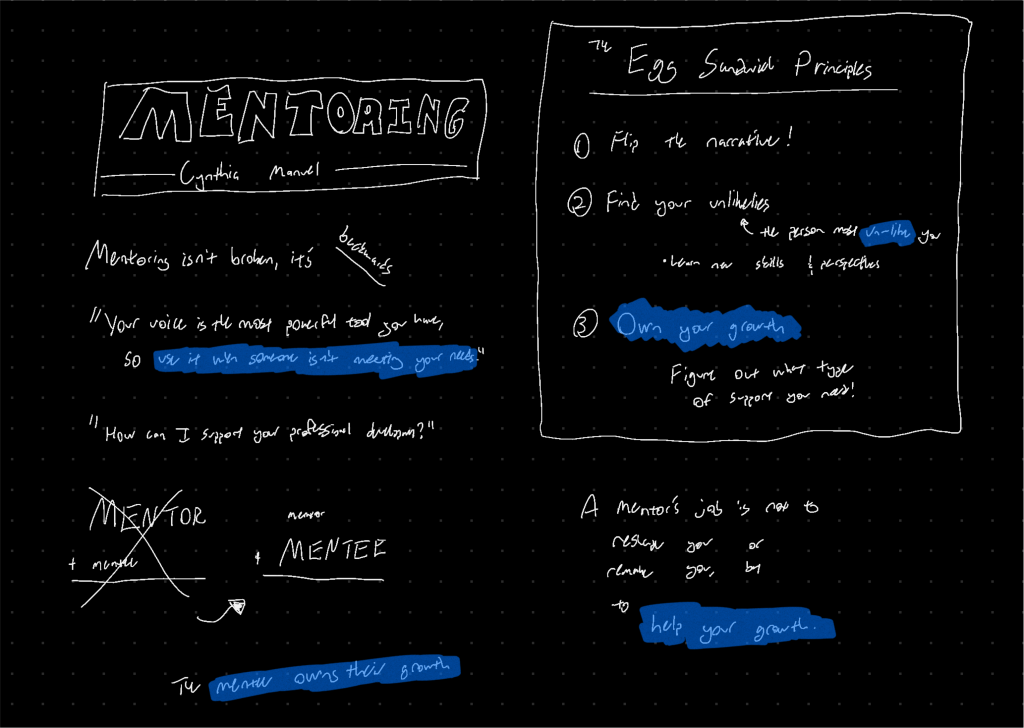
I’ll add here that I misspelled Cinthia’s name in the written version, for which I apologize.
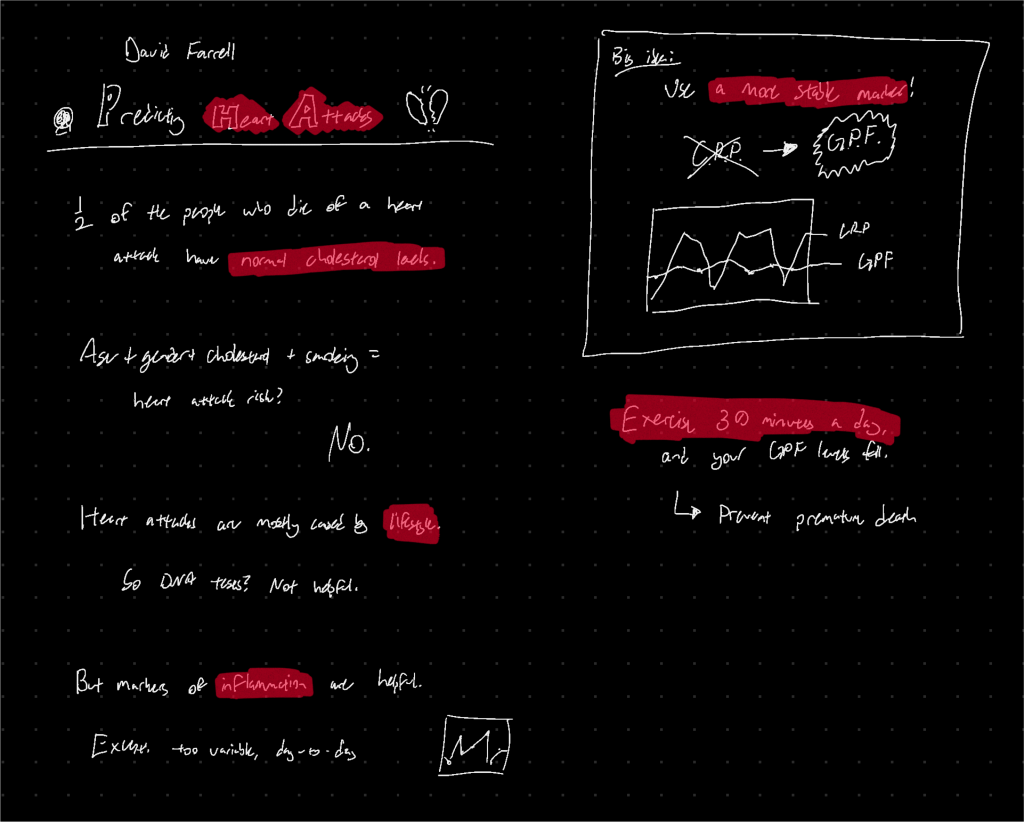
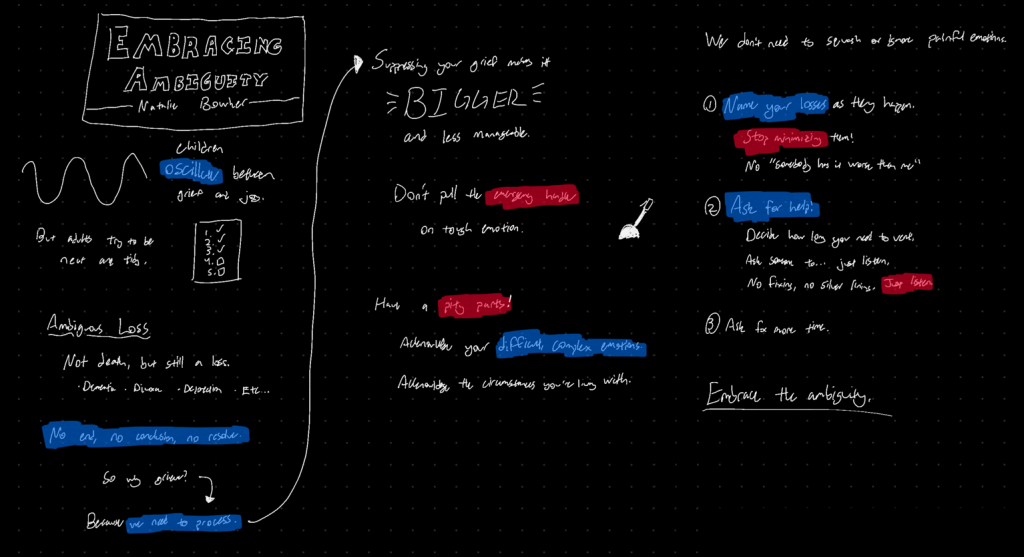
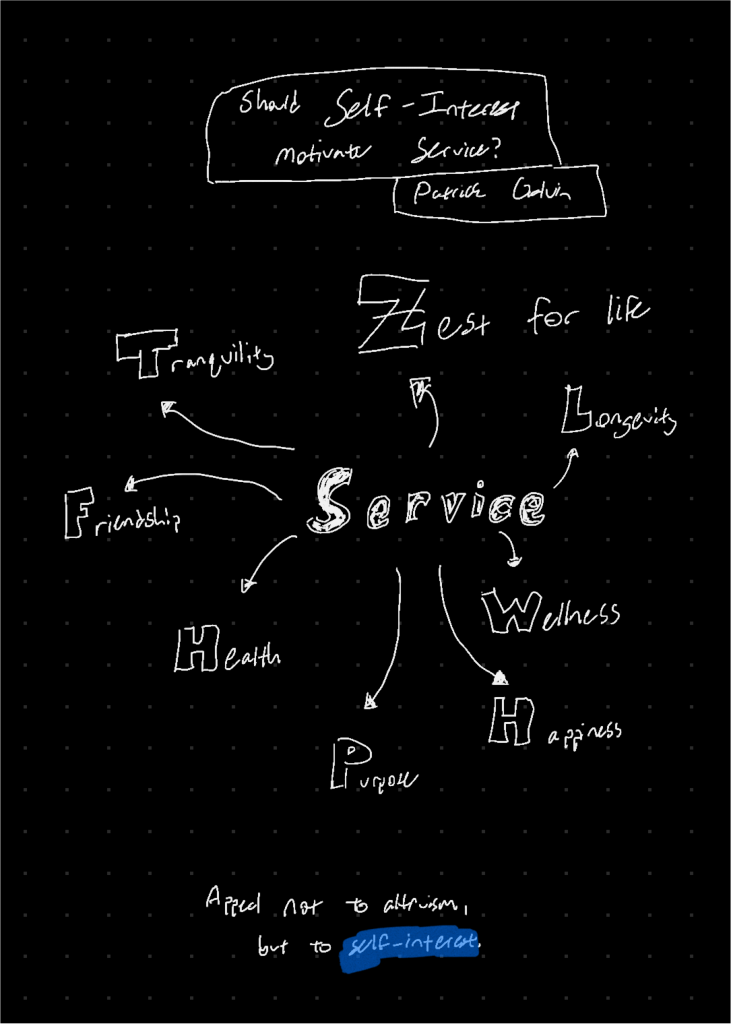
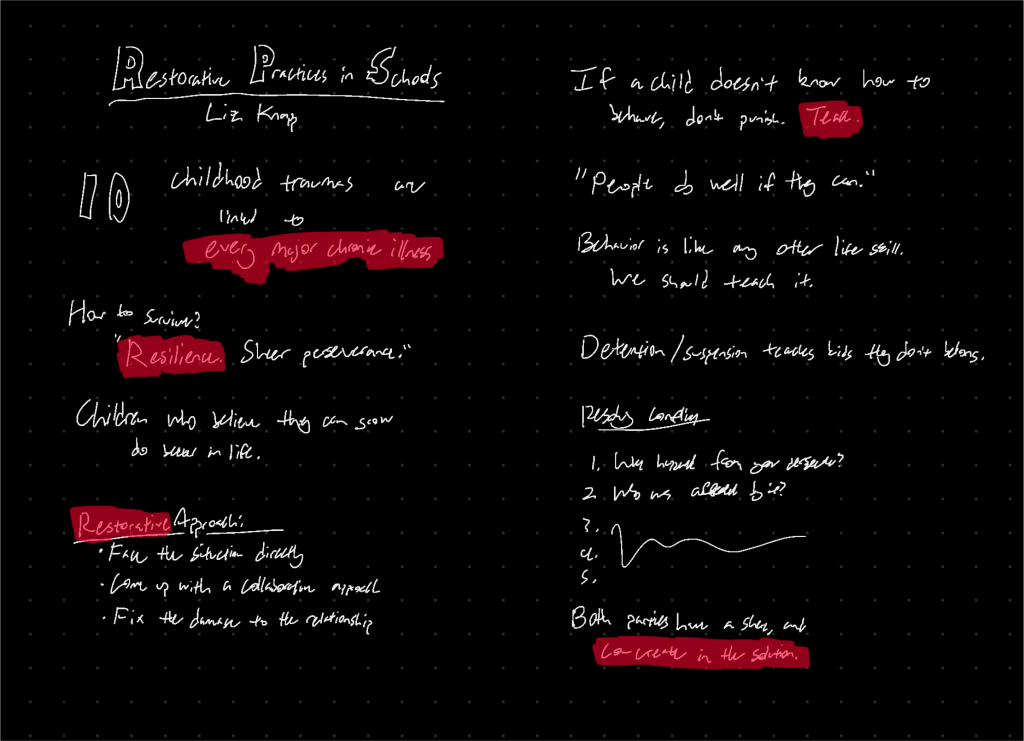
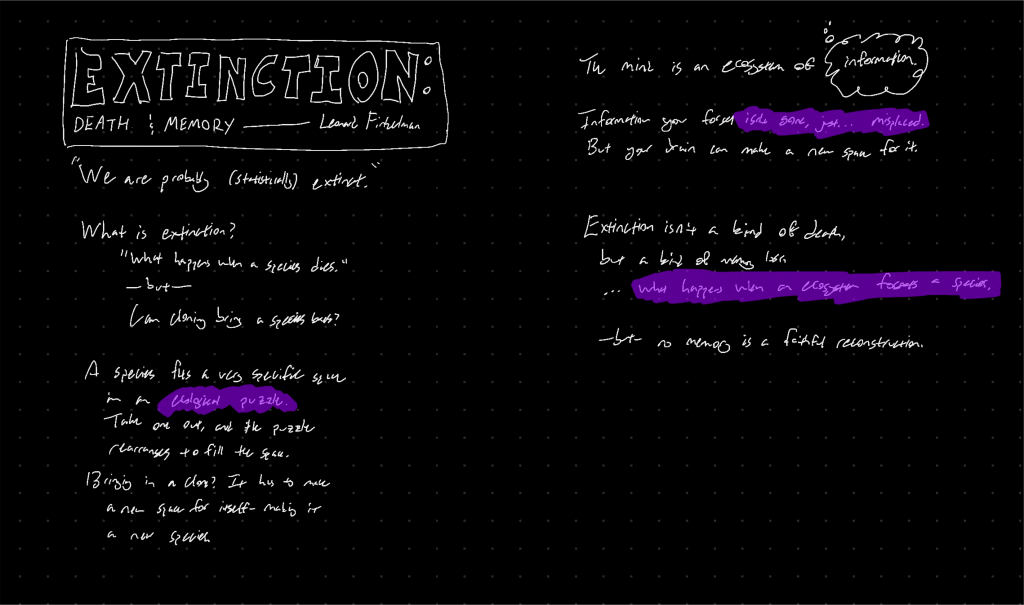
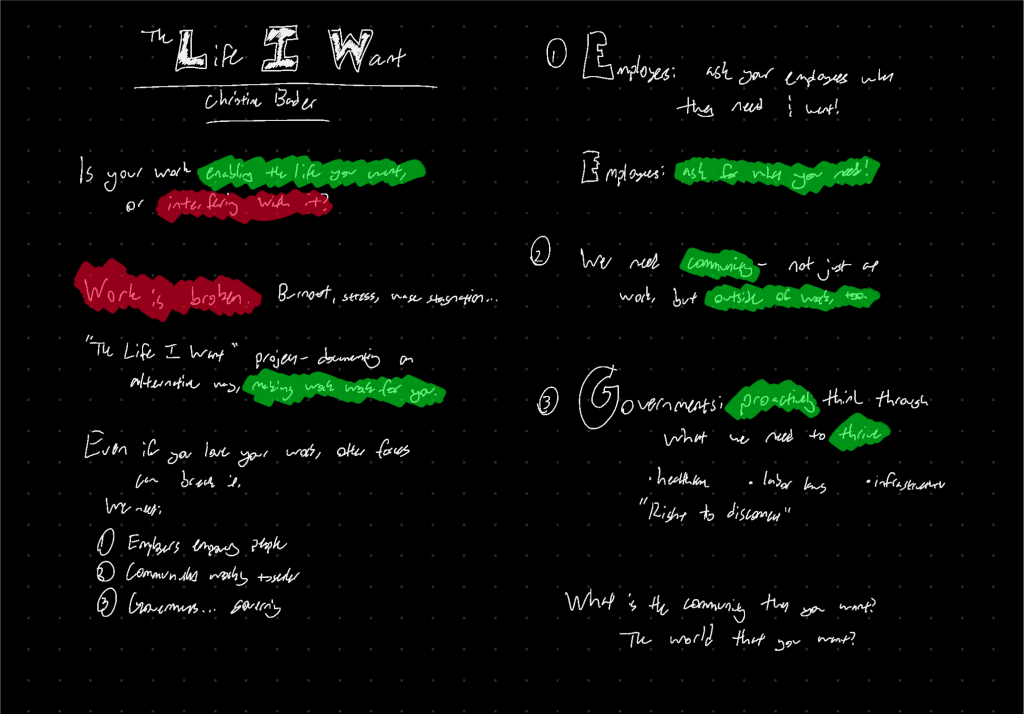
Inspired by a mix of Julia Evans and how much fun I had last time, I threw together another sketchnote on the basics of relational databases.

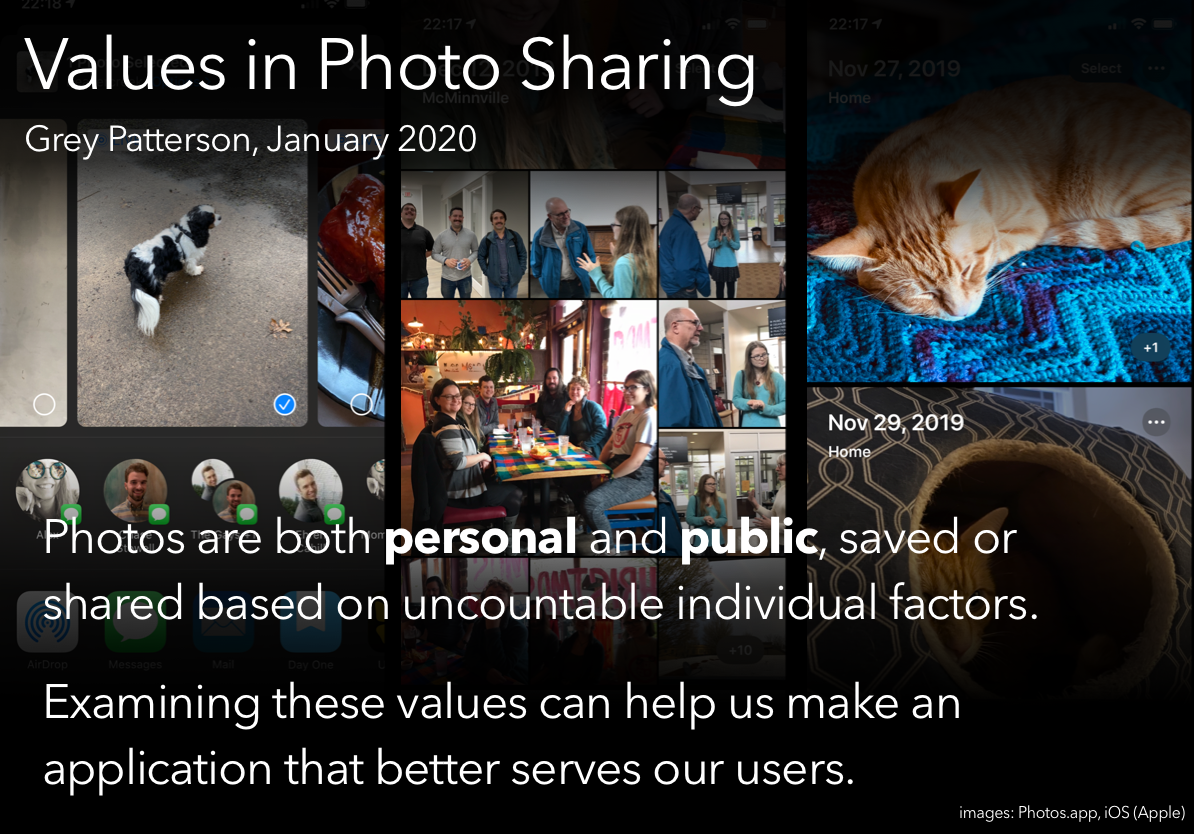
The first unit in our course on Advanced Design and Prototyping focused on Value-Sensitive Design, and a couple of the assignments we did as part of it were pretty fun.
The first was to do a sketchnote on the concept itself. I’ll admit, I was a bit skeptical of the concept of sketchnoting – I thought it would be fun, but I didn’t think it would actually be all that useful. In doing it, however, I found that it helped me to coalesce my thoughts a bit – though, admittedly, that may have more to do with the fact that it forced me to go through my typed notes again than the sketchnoting itself. Still, it was a fun way to do that bit of studying, so I think I’ll try to add it to my workflow in the future.
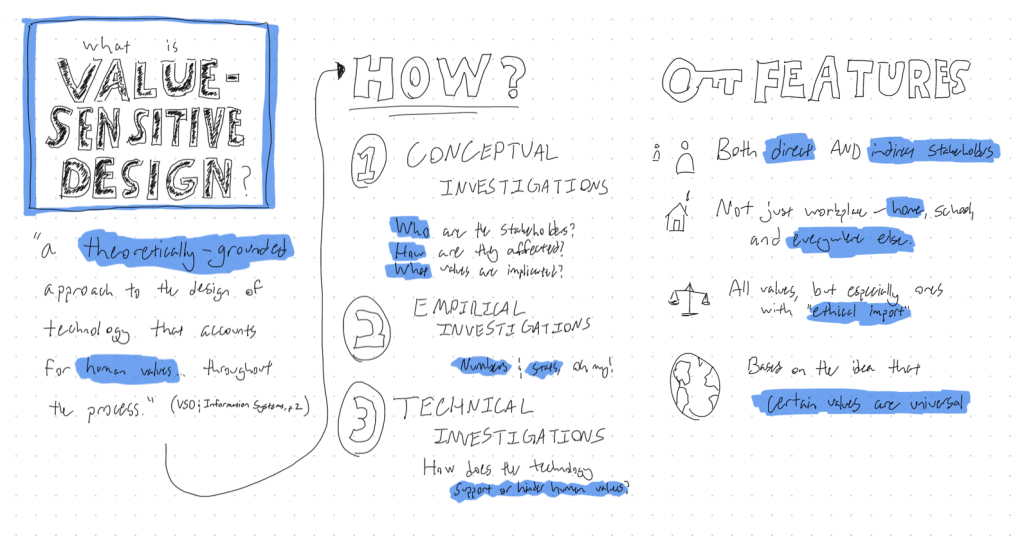
Another activity was to put together a presentation, going through some value-sensitive design processes and presenting our ‘findings.’ Of the available prompts, I chose the one that boiled down to “your team has just been hired to design a photo-sharing application; you’re in charge of the VSD portion. Go.”
